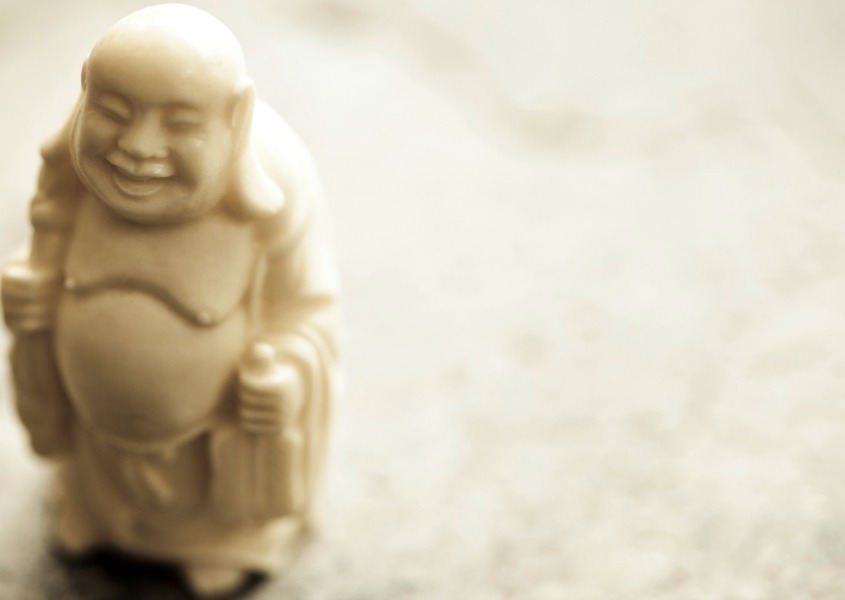
Photo: Ivory figurine / iStock / MmeEmil
6. Ivory
Ivory may be beautiful, but it comes from the tusks of endangered African and Asian elephants, whose populations are declining rapidly. Though the trade of ivory has been banned since 1989, illegal poaching is still a major concern. Be sure that the cute white figurine you're eyeing is just a harmless lookalike and not actually made of ivory. And don't believe the seller if he says an ivory figure is "antique" — it’s still illegal to transport.